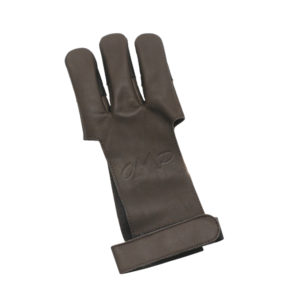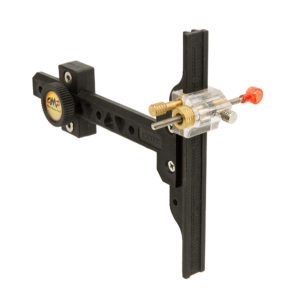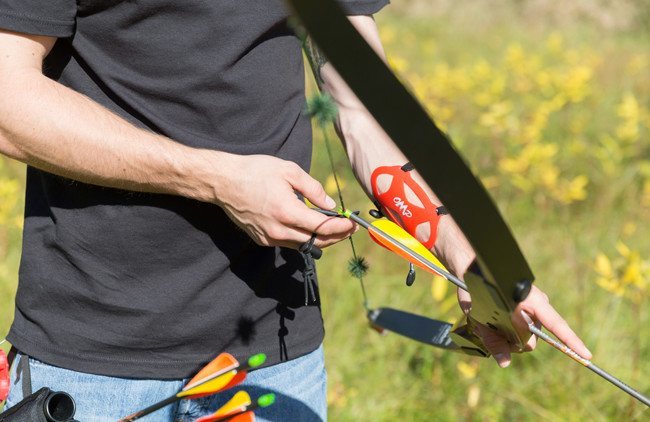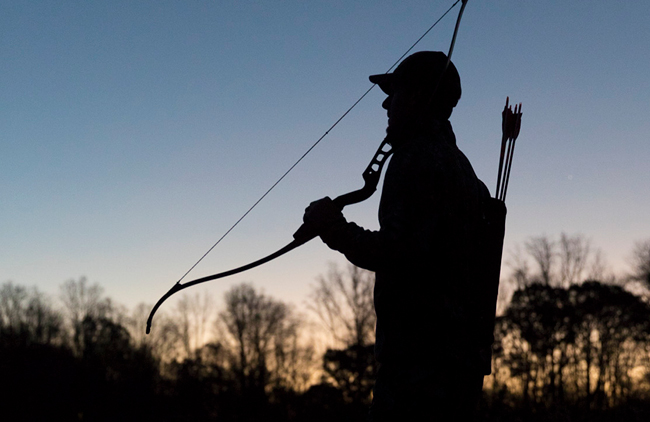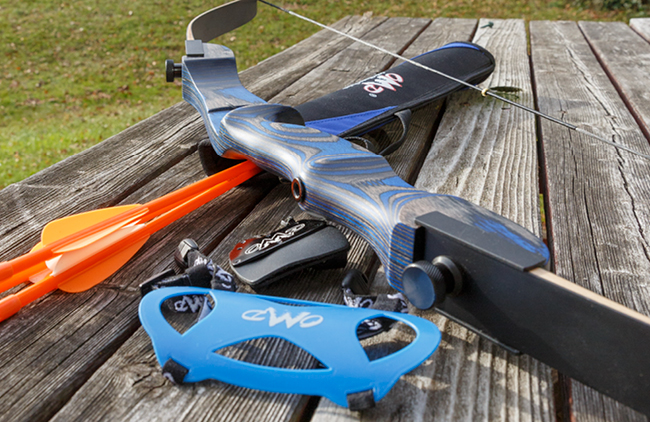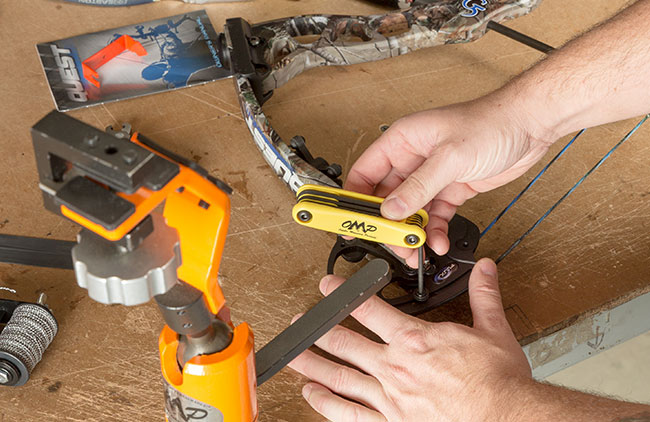Traditional Archers Path | Developing And Maintaining A Practice Regiment For Traditional Shooting
Practicing With Traditional Archery Equipment
There is an old saying that says, “Practice makes perfect.” While that sounds simple, it is actually a little more complicated. The amount of practice is not as important as the right kind of practice. For many inspiring archers, the practice amounts to shooting as many arrows as possible as often as possible. While that might seem to make sense let’s look at how to develop not only a good practice session but as a good practice regiment as well.
Consistency Is Key
The key to archery accuracy is consistency and consistency can be divided into two distinct and easy to understand parts, the equipment side, and the physical side. In many ways, the equipment side is easier to understand. The better matched your equipment is in regards to bow, arrows and tune the more consistently it will perform. The higher the quality of your arrows the more consistently they will perform. If you attempt to shoot arrows of different weights and spines, (arrow stiffness), each will react differently when shot from the same bow making it difficult or even impossible to get good groups no matter how flawlessly the archer shoots. However, the opposite is also true. The best equipment cannot overcome poor shooting techniques if the shooter does not perform with consistency as well. If your equipment is well matched the secret to increased accuracy is the ability of the shooter to execute each shot as consistently as possible. The goal of every practice session should be to develop the consistency of the shot.
It has actually been proven that using a shooting machine, (a device that duplicates drawing and releasing an arrow mechanically), that even arrows that are matched to each other but do not necessarily fit the weight or tune of the bow will shoot accurately if the draw of the bow and release are consistent. Easy to say but what is the best way the shooter can accomplish this consistency?
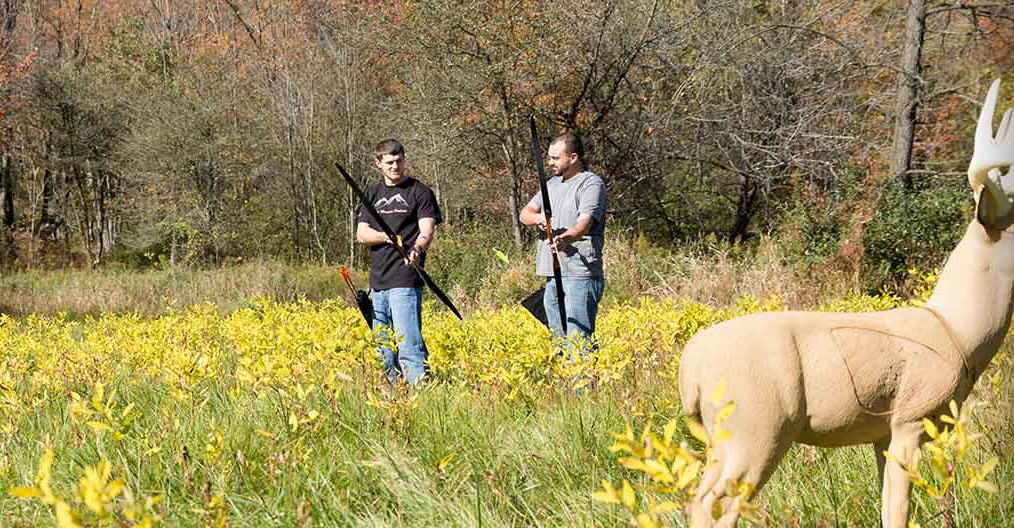
Practice Sessions
In any practice session, the goal is to not shot as many arrows as possible but to shoot every arrow the same. Because a traditional bow is more physically demanding than shooting a compound work your way into the draw weight slowly. Shoot each shot deliberately paying specific attention to your set-up, your finger placement on the string, your hand placement on the grip, the position of your bow arm and the tension you apply to your back muscles to draw back the bow, your aim, and release. The goal is to make all of these actions happen automatically, but the same. If you are aware of each step as you draw and release the bow you will find the more you do it the more automatic it becomes and it will soon be happening without deliberate thought. But first, you need to think about each step. It may sound complicated but it is just like walking. When you get up out of a chair and walk across the room it is a natural action. You give it no deliberate thought but your mind and body work together in a natural way to produce the desired result. I am sure none of us remember learning to walk but watch any child take their first steps and you get the idea. They are unsure of standing up and keeping their balance. They reach for anything to hang on to and they fall a lot. After a few weeks, you can’t catch them. They no longer think about walking, their mind learned how to control their body allowing them to get from one place to another as desired. Just think about what would have happened if the first time they stood up they would have tried to run across the room. I am sure they would have fallen on their face.
Shooting Form
The difference between children and adults is adults make things complicated. Learn the proper shooting form first and then apply that form to every shot and soon you will not have to think about what is right or wrong, you will “feel it”. We all can throw a baseball or shoot a basketball without a lot of thought. We learn to get better and more accurate by simply improving our balance, the grip on the ball, the force behind the throw, etc. We apply consistency to the throw without thinking about each individual step. The same thing is true with archery. Learn and practice each step until it is automatic and you no longer think about it but “feel it”. Often after a bad shot, you might hear an archer say, “I knew that was going to be a bad shot!” What happened is the shot didn’t “feel good” before they released it. They knew something was wrong on the set-up but failed to let the shot down and start over and do it right.
OK let’s get out of your mind and into your body. If you are a new shooter or an experienced shooter never practice when your muscle is tired or your mind is not able to concentrate on your form. Archery is as much of a mental game as it is a physical one. If you are tired or distracted it will be difficult to keep your focus on what you are doing and you will make mistakes in your shooting form which in essence is teaching your mind bad habits. Better to take a break.
Form determines accuracy at any distance and an archer should use the same form at a distance of six feet that they use at 60 yards. If the shot is executed the same each time the arrow reacts the same.
Amount Of Practice Time
A bow is not like a rifle that you can sight-in and put away for several months, pick up and hit the bulls-eye. Becoming proficient with a bow and arrow means shooting as often as possible to stay in top form. Everyone must decide how much time they want to devote to practice but you are better off shooting for a short time, even 20 minutes, more often than every other week for two hours. Shooting frequently not only keeps your body and muscles in shape but reinforces proper shooting form as you make sure you complete each step of the shooting process. While it is fun to shoot long distances focusing on short distances in practice allows the shooter to focus more on the form. Some Olympic shooters actually have practice sessions standing six feet from the target with their eyes closed. You might wonder why but they are focusing entirely on form and building mental and muscle memory to duplicate each shot.
Life is so busy today that finding time to practice can be difficult so it is important to use every opportunity. If it is possible to shoot safely at your home this makes it much easier than packing up and going to a range. If you cannot safely shoot on your own property outside, how about inside. A short-range set-up in the basement or garage with a good solid backstop can work just fine and is all you need to build muscle memory and keep your form sharp. Remember consistent form is the key to accuracy and the majority of your practice session should be focused on developing consistent form. In a short time, you will begin to “feel” the good shots and after some time you will be drawing back the bow, eyes on the target and releasing to find your arrow right on the mark. The day will come when that happens and you might think or even say out loud, “I wasn’t ready!” that is when you know that your form took over and your muscle memory and mind executed the shot. It will feel as if the shot was automatic.
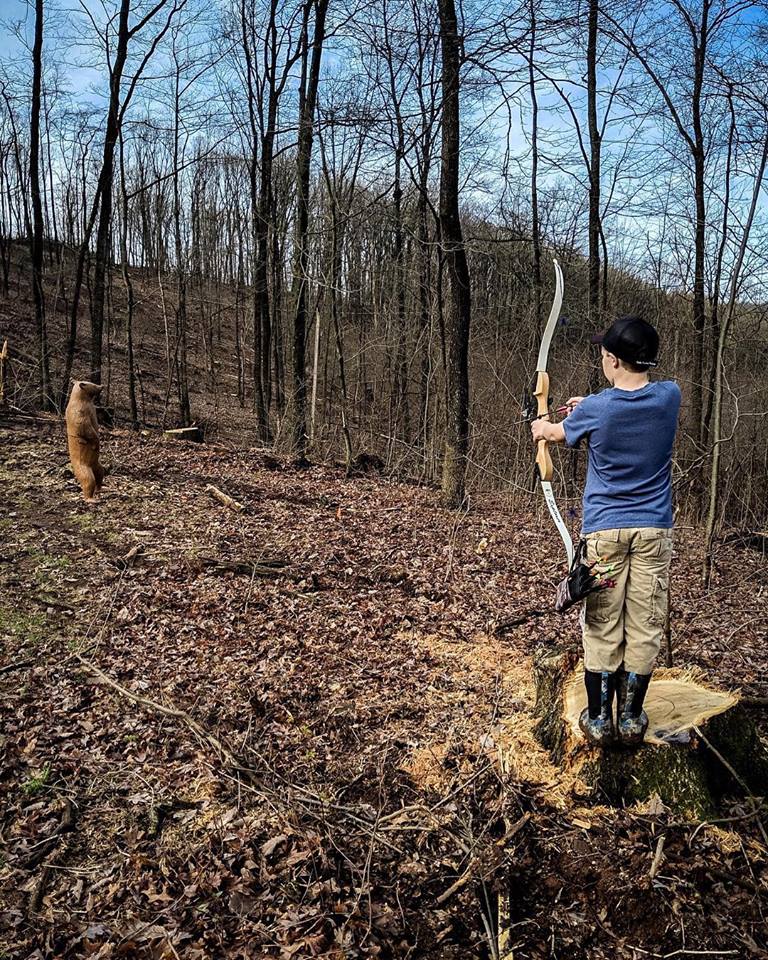
As your skill level improves at fixed distances it is time to try longer or more difficult shots. Remember to rely on your form and shoot just as if you were on your home range, challenge yourself and you will be amazed at how you will improve.
Shooting With Or Without Sight
While most traditional archers shoot without a sight some prefer to use a reference of some sort and a simple single or multiple pin sight will fit the bill nicely. As most sight shooters use a rear sight of some sort, like a peep sight, most traditional sight shoots simply use the bowstring itself as a real alignment. As you draw the bow you will find the string is in your secondary vision. It will be blurred and it is impossible to focus on the string and the front sight at the same time. Simply pay attention to where the string naturally lies in relationship to your sight pins and make sure it is in the same place every time. This simple alignment trick will provide a better right and left alignment. If you tilt the bow when you draw and want to use a sight note that your sight pins will not be lined up. The pins will be staggered with some being further out from the bow than others. This is normal and as long as your tilt or angle of the bow is the same this works just fine.
Everyone has to develop a practice routine that suits their lifestyle but the more you can handle the bow the more it becomes an extension of you. Shoot it anytime you have an opportunity even if it is for just a few shots. Use some sort of tracking system when you shoot. It might be keeping all your arrows within a certain size group at a specific distance or all your arrows in the kill area on an animal target. As you reach your goal move back in distance or reduce the size of the target. Pushing yourself to improve will help you pay attention to the detail of each shot. You will be surprised at how much you will improve over time. Many dedicated archers try to shoot every day even it is just for a dozen shots. Remember the number of arrows you shoot is not as important the quality of each shot. Shoot every arrow as if it the only one you have and make it count. But most important remember- Have fun!

